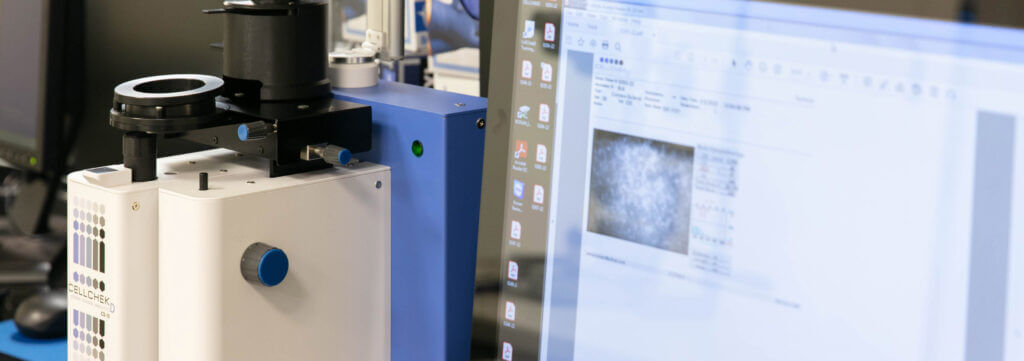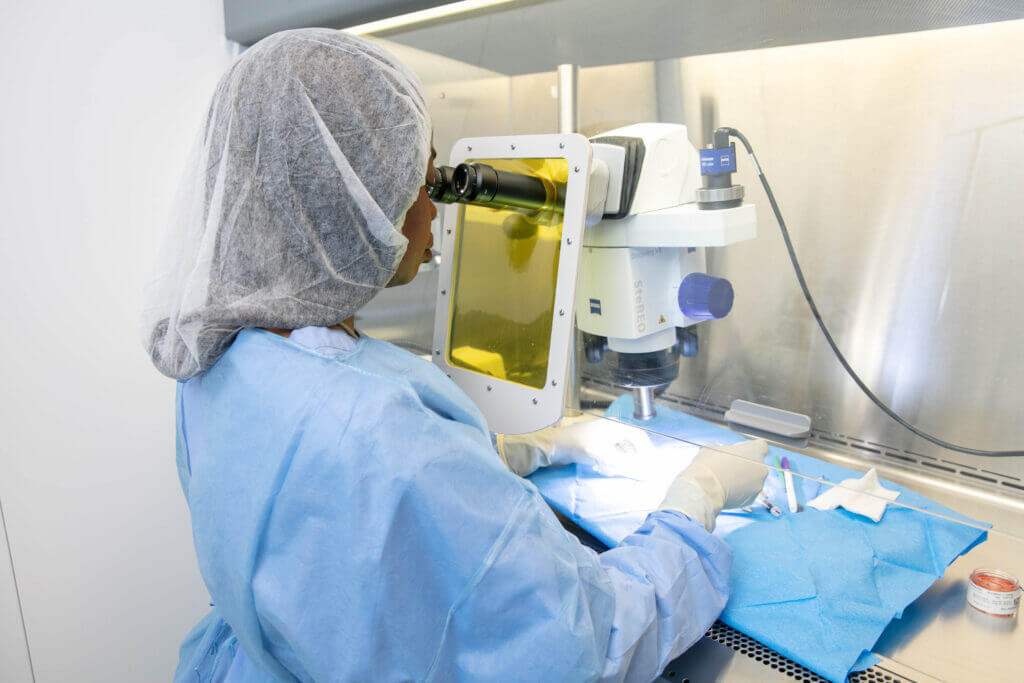The process of cornea donation starts with an individual’s generous decision to be an eye, organ, and tissue donor, or a family’s consent to give the gift of sight. EBAA eye banks facilitate the life-transforming process of cornea transplantation.

The Call
An eye bank receives a call from a hospital, organ procurement organization or another third party informing that an individual has died and meets preliminary criteria for donation. The eye bank has a very short time within which to contact the next of kin, obtain consent, and recover the tissue. This generally needs to happen within 12 hours of the time of death.
Consent and Medical Review
If the deceased individual is a registered organ/eye/tissue donor, the eye bank can immediately proceed to recover their corneas. Otherwise, eye banks contact the next of kin to obtain consent for donation. In either case, eye banks contact the next of kin to obtain a medical-social history. This provides the eye bank with information to make a donor eligibility determination. Eye banks also obtain copies of relevant medical records from the hospital, paying close attention to the cause of death, any medications that were administered to the individual, and the circumstances of their death.
Physical Inspection of the Donor
If there are not any medical “rule outs,” an eye bank technician travels to the donor’s location (typically a hospital or morgue) to recover their corneas. The first step is a physical inspection of the donor. This contributes to the donor profile, and screens for signs of infectious disease, or behavior that may have put them at risk, such as intravenous drug use. The technician also draws a blood sample to be tested for HIV, Hepatitis, Syphilis and other blood-borne diseases.
Evaluation

Specially trained technicians evaluate the cornea through microscopes to check for damage or deformities ensuring that it meets EBAA’s strict criteria for transplantation. The eye bank’s medical director or thier designee reviews this information and the donor’s medical records to make a final eligibility determination.
Release of Tissue
If the medical director or their designee authorizes release of the tissue, the cornea is sealed and packed in a container of wet ice (to ensure it remains between 2-8 degrees and does not freeze). The cornea is labeled with a unique identification number allowing the eye bank to track the tissue from donor to recipient. It is shipped to a surgeon for transplant.

Post-Donation Support
Eye banks recognize the incredible generosity of cornea donors and their families, and may offer a variety of programs to provide support and/or to honor their sacrifice. While corneal transplant recipients will not be told the name of their donor, they may choose to write letters of gratitude to their donors’ families, which the eye bank helps to deliver.


